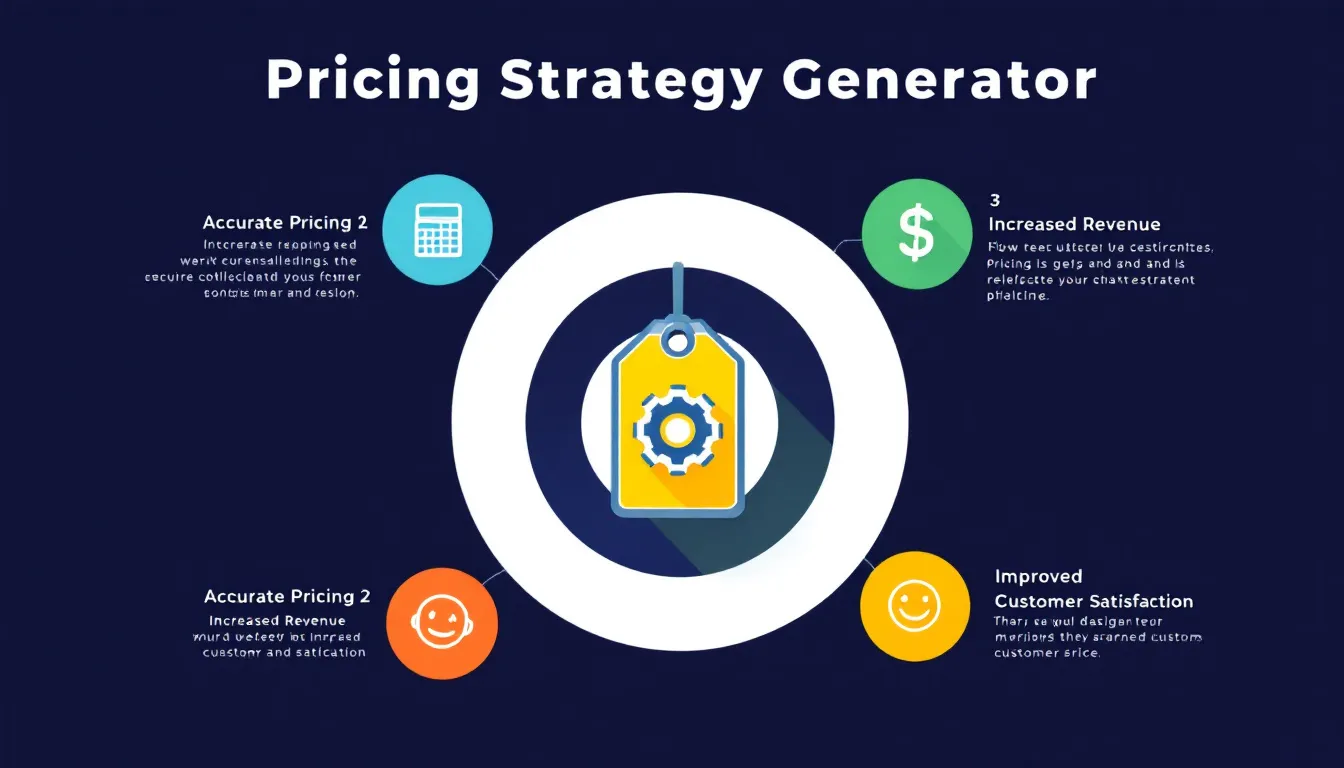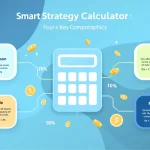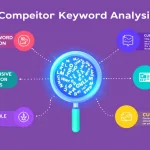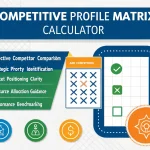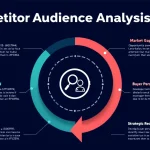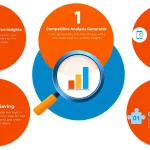Pricing Strategy Generator
Is this tool helpful?
How to Use the Pricing Strategy Generator Effectively
Follow these steps to get tailored pricing strategy recommendations from the Pricing Strategy Generator:
- Enter your product or service type: Provide a short description that captures what you offer. For example, you might enter “Mobile app for personal finance” or “Organic skincare products.”
- Define your target market segments: Describe your customers with relevant details. Examples include “Parents aged 25-40 seeking educational toys” or “Freelancers needing invoicing tools.”
- Optional: Add competitor pricing details: Share insights into your competitors’ pricing. For instance, “Competitor X charges $15/month with limited features, Competitor Y offers a one-time purchase at $120.”
- Optional: Include your current pricing model: If applicable, type your existing prices such as “$10 per consultation, $80 for annual subscription.”
- Specify your key business goals: State the main objectives driving your pricing decisions. Examples: “Boost customer acquisition by 20%, Improve profit margins over 12 months.”
After completing all required fields, click the “Generate Pricing Strategy” button. The tool will analyze your inputs and provide practical, customized guidance for optimizing your product pricing.
Introduction to the Pricing Strategy Generator
The Pricing Strategy Generator helps you create effective, data-driven pricing plans tailored to your business. It answers key questions about how to position your product in competitive markets, align prices with customer value, and meet specific business goals.
Pricing isn’t just about covering costs—it influences customer perception, sales volume, and profitability. This tool combines market insights and strategic principles to recommend pricing approaches that boost your chances of success.
By using this generator, you gain a structured framework for pricing decisions, saving time and reducing guesswork. Whether you sell physical goods, digital services, or subscriptions, the tool adapts recommendations to your unique context.
Practical Use Cases for the Pricing Strategy Generator
Here’s how you can apply the Pricing Strategy Generator across different industries and business models:
1. E-commerce Businesses
- Develop dynamic pricing that adjusts for seasonal demand or inventory levels
- Create bundle offers, like “Buy 2 get 1 free” promotions
- Introduce loyalty discounts based on customer purchase history
2. Software as a Service (SaaS)
- Design tiered subscription plans for startups, growing companies, and enterprises
- Set up freemium access to attract and convert new users
- Offer annual payment discounts to improve retention and cash flow
3. Professional Services
- Implement value-based pricing reflecting the impact of your services
- Offer package pricing for common service bundles
- Introduce success fees linked to project outcomes to align interests
4. Manufacturing and Distribution
- Use volume discounts for bulk orders
- Differentiate pricing between direct customers and channel partners
- Establish “good-better-best” pricing tiers for product lines
5. Subscription-Based Services
- Create flexible subscription tiers based on frequency or plan features
- Offer sign-up discounts to encourage trials and reduce churn
- Bundle add-ons such as extra services or premium options at additional cost
Key Features and Benefits of the Pricing Strategy Generator
Data-Driven Pricing Recommendations
The generator analyzes your product details, market segments, and competitors to suggest pricing that fits your business context, reducing guesswork and assumptions.
Time-Saving Automation
Instead of manually researching and testing pricing models, the tool streamlines your workflow, delivering tailored strategies in minutes.
Competitive Positioning
With competitor information as input, the generator advises on pricing that enhances your position whether through premium pricing, penetration pricing, or price matching.
Profit Optimization
By balancing customer value and costs, the tool identifies pricing sweet spots that maximize profitability without sacrificing sales volume.
Customer-Centered Approach
Recommendations factor in your target audience’s behavior and expectations, helping you price products or services customers find reasonable and compelling.
Addressing Common Pricing Challenges
Price Point Optimization
The tool helps you identify the most effective price by considering costs, competitor prices, and customer willingness to pay.
Value-Based Pricing Guidance
It encourages moving beyond simple cost-plus pricing by valuing your product’s unique benefits to customers. For example, a tailored training program might be priced based on the estimated business impact it delivers.
Strategic Competitor Pricing
By inputting competitor pricing models, you can receive recommendations whether to lead with premium pricing or strategically undercut competitors to gain market share.
Market Segmentation and Price Differentiation
The tool considers different customer groups and suggests customized pricing strategies such as geographic pricing, volume discounts, or discount offers for specific demographics.
Psychological Pricing Techniques
It incorporates proven tactics like charm pricing (e.g., $19.99 instead of $20) and bundle pricing to enhance price appeal and increase sales conversions.
Example Application: Subscription Service Pricing
Suppose you run a digital fitness subscription service. You want to attract a broad audience while maximizing revenue. You enter:
- Product Type: “On-demand workout video subscription”
- Target Market Segments: “Fitness enthusiasts aged 20-40, busy professionals”
- Competitor Pricing (Optional): “Competitor A offers $15/month access, Competitor B $150/year with limited content”
- Current Pricing (Optional): “$12/month basic membership, $25/month premium”
- Business Goals: “Increase subscribers by 30% and improve customer retention”
The Pricing Strategy Generator might recommend:
- Tiered pricing with basic, standard, and premium plans at $10, $20, and $35/month
- Introductory discount for new sign-ups
- Annual subscription option with a 15% discount
These suggestions cater to different customer needs and encourage longer subscriptions, aligning with your growth and retention goals.
Important Disclaimer
The calculations, results, and content provided by our tools are not guaranteed to be accurate, complete, or reliable. Users are responsible for verifying and interpreting the results. Our content and tools may contain errors, biases, or inconsistencies. Do not enter personal data, sensitive information, or personally identifiable information in our web forms or tools. Such data entry violates our terms of service and may result in unauthorized disclosure to third parties. We reserve the right to save inputs and outputs from our tools for the purposes of error debugging, bias identification, and performance improvement. External companies providing AI models used in our tools may also save and process data in accordance with their own policies. By using our tools, you consent to this data collection and processing. We reserve the right to limit the usage of our tools based on current usability factors.
